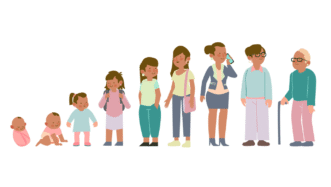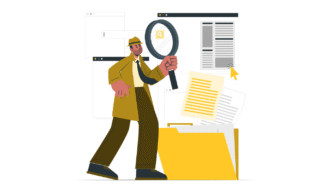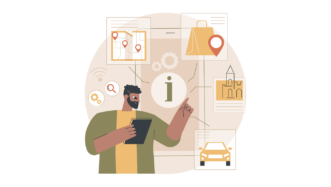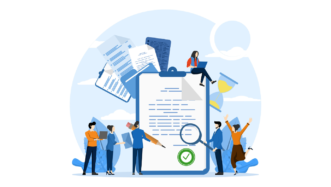LESSON SET OVERVIEW
With this lesson set, your students will:
- talk about their spending habits,
- learn useful vocabulary related to money (collocations and phrases with prepositions),
- discuss good and bad financial decisions,
- practise finance vocabulary,
- learn ways to express numbers,
- discuss the rising cost of living,
- watch videos and work on listening comprehension skills.
Throughout the set students get the chance to use vocabulary related to money and finance in various discussions.
This is a lesson set. Use the lessons in the set in the suggested order. Learn more about sets here.
Each lesson in the set is also a standalone lesson.


















There is nothing new here
If you mean the lessons, then, yes, you’re right. Each lesson set consists of lesson plans which have already been published. This means that you might have used some of the lesson plans in the past as standalone lessons. The lesson sets, however, allow you to follow a sequence of lessons in the way that best suits your students’ needs and likes.